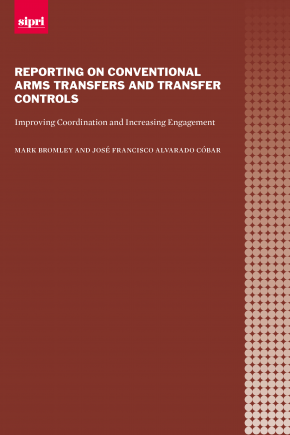Reporting on Conventional Arms Transfers and Transfer Controls: Improving Coordination and Increasing Engagement
Since the early 1990s a range of international and regional reporting instruments on arms transfers and arms transfer controls have been created. The data they generate helps to identify trends in armaments and gaps in states’ controls and informs debates about how to increase oversight and restraint. However, as the number of instruments has increased, the level of participation in many of them has fallen.
This paper presents a comprehensive analysis of reporting levels broken down by region and income category. It shows that, while reporting rates have fallen for most instruments, they have increased for some and the overall willingness of states to share information remains steady. The authors complement this analysis with an overview of the challenges that states face when compiling reports and efforts made to boost national capacities. They then propose ways to reverse declines in reporting rates, including by increasing coordination between the secretariats responsible for managing these instruments.
1. Introduction
2. Reporting instruments on arms transfers
3. Reporting instruments on arms transfer controls
4. Key challenges and available assistance
5. Conclusions and recommendations


